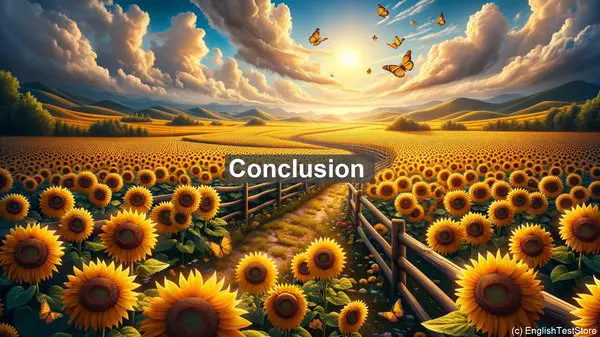Introduction
Welcome to today’s lesson on amphibian conservation. In this lesson, we’ll be discussing the top 10 commonly confused words in this field. Let’s dive in!
1. Endangered vs. Threatened
One of the most common confusions in conservation is between the terms ‘endangered’ and ‘threatened.’ While both indicate a species at risk, ‘endangered’ means it’s at a higher risk of extinction, while ‘threatened’ means it’s at a lower risk but still in danger.

2. Habitat vs. Ecosystem
Another pair of words that often causes confusion is ‘habitat’ and ‘ecosystem.’ A ‘habitat’ refers to the specific place where a species lives, while an ‘ecosystem’ is a more comprehensive term, encompassing the interactions between living and non-living elements in that area.
3. Invasive vs. Non-native
When discussing species, ‘invasive’ and ‘non-native’ are two terms that are sometimes used interchangeably. However, there’s a distinction. A ‘non-native’ species is one that’s not naturally found in an area, while an ‘invasive’ species is not only non-native but also has a negative impact on the local ecosystem.
4. Biodiversity vs. Species Richness
While ‘biodiversity’ and ‘species richness’ are related, they’re not the same. ‘Biodiversity’ encompasses the variety of life forms in an ecosystem, including genetic and ecological diversity, while ‘species richness’ focuses solely on the number of different species present.
5. Extinction vs. Extirpation
When a species is no longer found in a specific area but still exists elsewhere, it’s considered ‘extirpated.’ ‘Extinction,’ on the other hand, means the complete loss of a species from the entire planet. So, ‘extirpation’ is a more localized form of extinction.
6. Keystone Species vs. Indicator Species
Both ‘keystone species’ and ‘indicator species’ play important roles in an ecosystem, but in different ways. A ‘keystone species’ has a disproportionate impact on its environment, while an ‘indicator species’ serves as a sign of the overall health of an ecosystem.
7. Conservation vs. Preservation
While both terms relate to protecting the environment, ‘conservation’ and ‘preservation’ have different approaches. ‘Conservation’ focuses on sustainable use of natural resources, while ‘preservation’ emphasizes safeguarding nature in its pristine state, often with minimal human intervention.

8. Poaching vs. Illegal Wildlife Trade
Although ‘poaching’ and ‘illegal wildlife trade’ involve the illegal hunting or capture of animals, ‘illegal wildlife trade’ has a broader scope. It includes not just the act of killing or capturing, but also the subsequent buying, selling, and transportation of wildlife products.
9. Reintroduction vs. Introduction
When a species is brought back to an area where it was once extinct, it’s a ‘reintroduction.’ ‘Introduction,’ on the other hand, refers to the deliberate release of a species into an area where it didn’t previously exist.
10. Mitigation vs. Adaptation
In the context of climate change, ‘mitigation’ refers to actions taken to reduce greenhouse gas emissions and limit its impact, while ‘adaptation’ involves adjusting to the changes that are already occurring or expected in the future.
